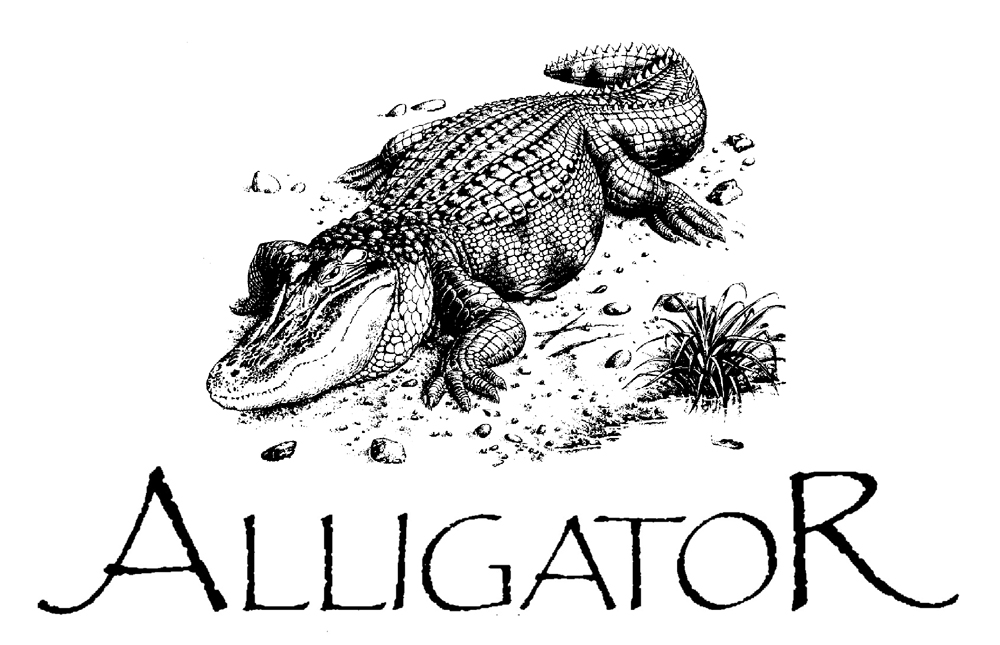To reserve an item email: alligatormilitaria@gmail.com or text: +44 (0)7970 273034
Victorian Royal Horse Artillery Lieutenant's Stable Jacket circa 1881-1902
Blue cloth with scarlet half-quilted lining and scarlet trimmed upright collar and cuffs. Jacket edged with gold lace. Gold bullion shoulder boards with Queen Victoria Crown Royal Artillery buttons and Lieutenant pips. Gold braid trim forming Austrian knots to sleeve. Internal pocket. Alternating brass hook and loop fastening. Hand stitched name label inside collar but lettering no longer visible.
Stable jackets were often worn as the everyday dress in barracks and whilst ‘walking out’ and would have been a common sight around Victorian garrison towns. It also served as a mess jacket for all branches of the Royal Artillery, worn over a scarlet mess waistcoat.
Good overall condition for age. Just a few minor issues which mostly concern the inner fabric / lining including a small number of tiny moth holes. Those on the exterior mostly only visible under close scrutiny. Minor fraying to collar lining, one small tear to lining as illustrated. Also some wear and tear inside each cuff, not visible unless inspected. Slight staining / contact marks / abrasions commensurate with wear. Attractive on display.
NB. This is a small jacket, and although the chest measurement is approx. 42cms, the mannequin on which it is displayed is classed as teenage boy. The mannequin is also available to purchase - please enquire.
£110.00 + £8.50 P&P UK
British military hospital tie - WWII era
For hospitalised troops, to be worn with a white shirt and 'Convalescent Blues' comprising a blue flannel jacket and trousers lined with white, and which were generally quite loose and ill fitting. Men dressed in hospital blues were naturally regarded as heroes, and during WWI postcards of soldiers in hospital blues were utilised to boost patriotism.
This is an example from WWII made from durable 'heavy duty' fabric with four rows of stitching to reinforce the neck area. Skinny parallel style 4cm width reducing to 2.5cm at the neck. Overall length 130cm. Very good as issued condition with storage fold marks. No issue stamps or markings.
NB. Patients wearing hospital blues with red tie were excused all duties including saluting.
£12.00 + £1.85 P&P UK
Mid century BEA (British European Airways) 'Air Hostess' hat
BEA was formed on 1st January 1946, and this scarce female hat with bullion badge complemented the early military style BEA cabin crew uniform before it was redesigned in 1960 at the birth of the Jet-Set era. BEA and BOAC (British Overseas Airways Corporation) merged in 1974 to become British Airways.
Good vintage condition with one minor moth hole in crown and minor damage to lining which is colour faded throughout. Evidence of previous owner's name(s) obliterated by indelible marker. Some grubbiness and areas of yellow staining to the exterior along the crown, at the rear and along the 'ears'. Small area of stitching around the badge has come away. Displays well however, as the issues are not particularly obvious.
£135.00 + £4.45 P&P UK
NB. Same period BEA pilot's wings in Badges section.
Interwar blue Patrol Tunic named to Capt. A. Robertson 2nd Battalion Royal Scots - an Old Contemptible
A single breasted high collar tunic with patch pockets to the chest with buttoned flaps and lower patch pockets with plain flaps. Silvered and gilt Royal Scots collar badges, gilt and enamel captain's rank stars. 1914 trio medal ribbons with rosette on star. Internal tailor’s label from J.B. Johnstone Ltd. London & Dublin on which is handwritten in ink: Capt. A. Robertson 2/The Royal Scots 2630 29.07.24.
Extremely good condition. Only one very tiny hole which can be seen in the photo, left of the top button. The lining is in very good order and overall shows little evidence of wear.
The 2nd Battalion Royal Scots were based in Plymouth with 8th Brigade, 3rd Division when war broke out in August 1914. They sailed to France landing at Boulogne on 14th August and saw action at Mons, the rearguard action at Solesmes, Le Cateau, The Marne, The Aisne, La Bassee, Messines and the First Battle of Ypres, and had a continuing involvement in major battles on the Western Front until the end of the war. In August 1920, the 2nd Battalion was sent to Ireland for service in what would become known as the Anglo-Irish War and remained there until January 1922.
£75.00 + £8.50 P&P UK The mannequin can be purchased - please enquire.
Pre WWI brass button stick - West Riding Divisional Transport & Supply Column
Stamped W. R. DIVL T&S and low service number 92 (the 'L' in 'DIVL' is raised with an underscore). Manufactured by HIATT, a Birmingham company established c.1880 and associated with the manufacture of handcuffs. Age related surface marks and circular scratch around HIATT. Does not lie flat, otherwise good, cleaned condition. The West Riding Division was a formation of the Territorial Force created as a result of the army reforms of 1908. During WWI it was retitled as part of the Divisional Train, Army Service Corps.
£12.00 + £2.70 P&P UK
Brass button stick - RAF issue dated 1940
Stamped with a crown over AM (Air Ministry) and the code B147101/40/CI(B) corresponding with the periods of the Battle of Britain and Luftwaffe Blitz campaigns.
Some light surface marks/scratches but otherwise good condition.
£8.00 + £2.70 P&P UK








